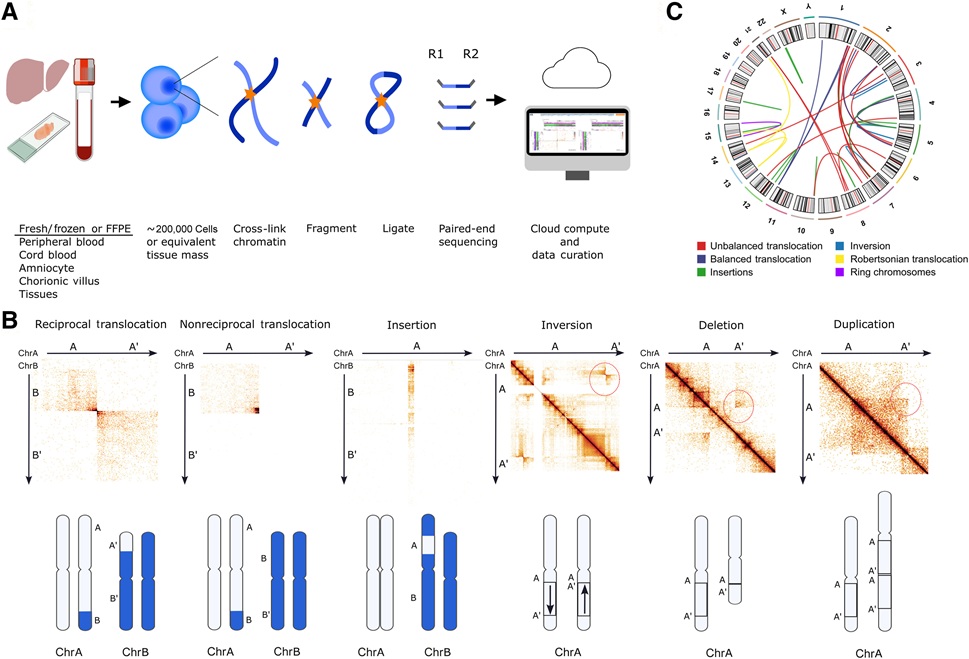Gene Test Detects Early Mouth Cancer
By LabMedica International staff writers
Posted on 24 Oct 2012
A gene test that can detect precancerous cells in patients with benign-looking mouth lesions could potentially allow at-risk patients to receive earlier treatment, significantly improving their chance of survival. Posted on 24 Oct 2012
The test is less invasive than the standard histopathology methods as it requires only a 1-2 mm piece of tissue and it takes less than three hours to get the results, compared to up to a week for standard histopathology where biopsy tissue taken during an operation is examined under a microscope by a pathologist.
Scientists at Queen Mary, University of London (UK) showed that the quantitative Malignancy Index Diagnostic System (qMIDS) test had a cancer detection rate of 91% to 94% when used on more than 350 head and neck tissue specimens from 299 patients in the UK and Norway. The qMIDS test measures the levels of 16 genes, which are converted, via a diagnostic algorithm, into a "malignancy index" which quantifies the risk of the lesion becoming cancerous.
The test is based on a cancer gene encoding the Forkhead box protein (FOXM1) - (isoform B). The FOXM1 gene is highly expressed in many cancer types. The 14 associated genes are implicated in the regulation of the cell cycle, differentiation, aging, genomic stability, epigenetic and stem cell renewal. Two reference genes are included in the test.
Diagnostic test performance was assessed using detection rate (DR) and false-positive rate (FPR).The median qMIDS scores were 1.3, in healthy tissue, 2.9 in dysplasia, and 6.7 in head and neck squamous cell carcinomas (HNSCC).. At a qMIDS cut-off of 4.0, DR was 94% and FPR was 3.2% for a Norwegian dataset; and DR was 91% and FPR was 1.3% for the UK dataset. In this study, the investigators further demonstrated the transferability of qMIDS for diagnosing 58 premalignant human vulva and 21 skin squamous cell carcinomas, illustrating its potential clinical use for other cancer types.
Mouth cancer affects more than 6,200 people in the UK each year and more than half a million people worldwide, with global figures estimated to rise above one million a year by 2030. Muy-Teck Teh, PhD, the lead investigator and inventor of the test, said, “A sensitive test capable of quantifying a patient's cancer risk is needed to avoid the adoption of a 'wait-and-see' intervention. Detecting cancer early, coupled with appropriate treatment can significantly improve patient outcomes, reduce mortality and alleviate long-term public healthcare costs.” The study was published on October 4, 2012, in the journal International Journal of Cancer.
Related Links:
Queen Mary, University of London














